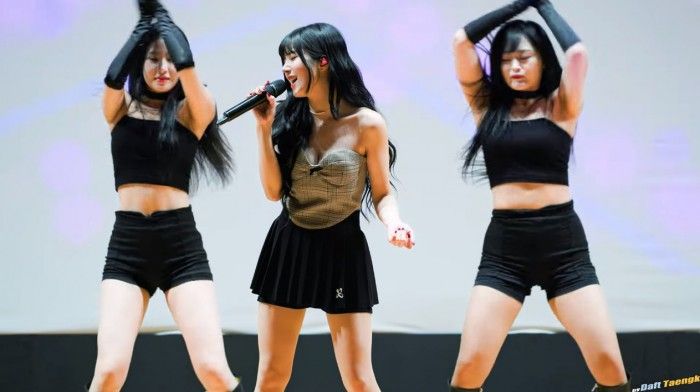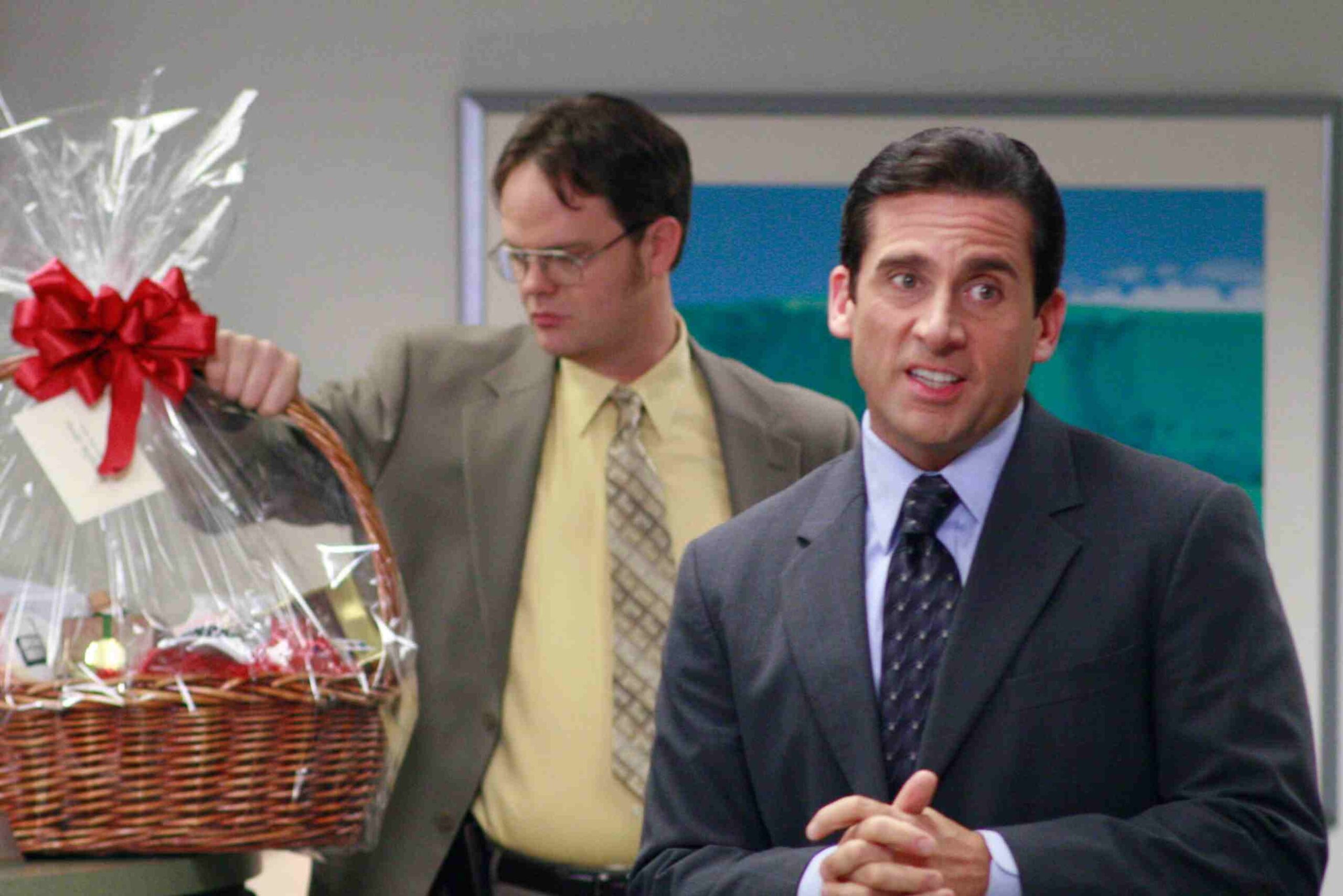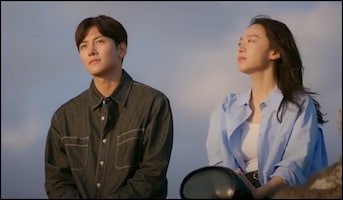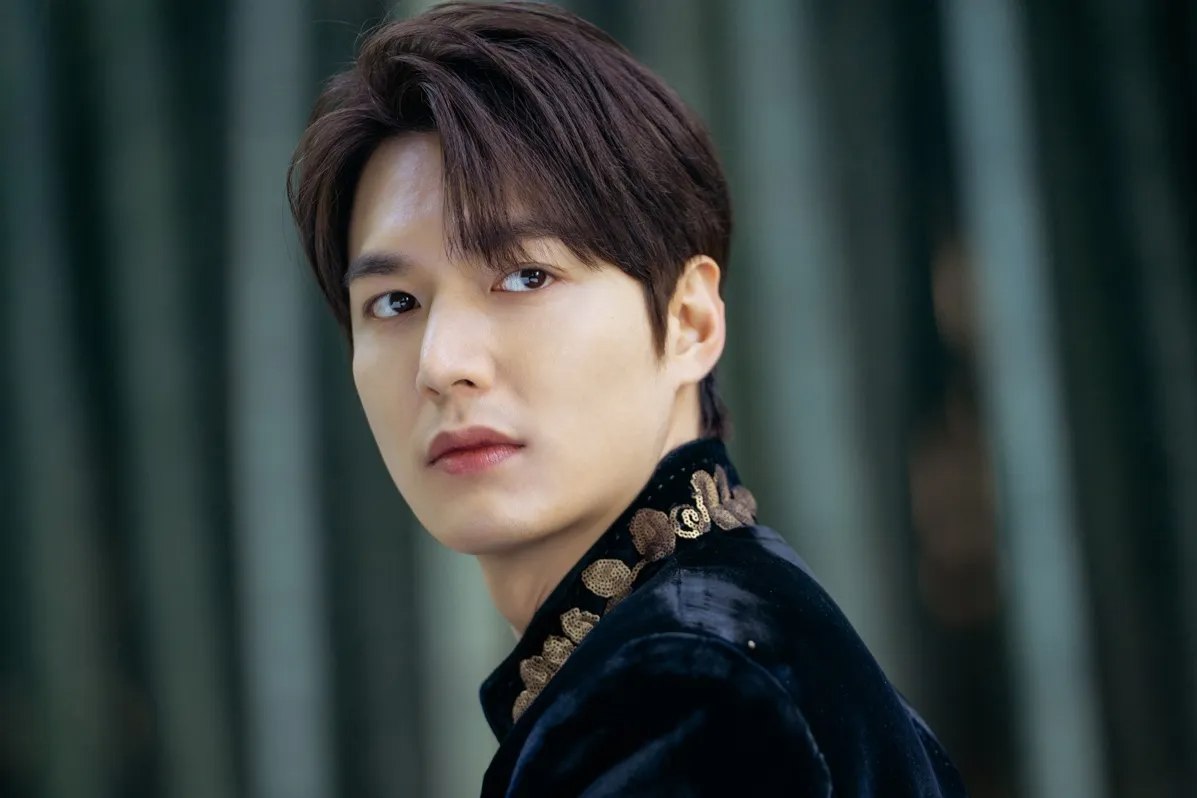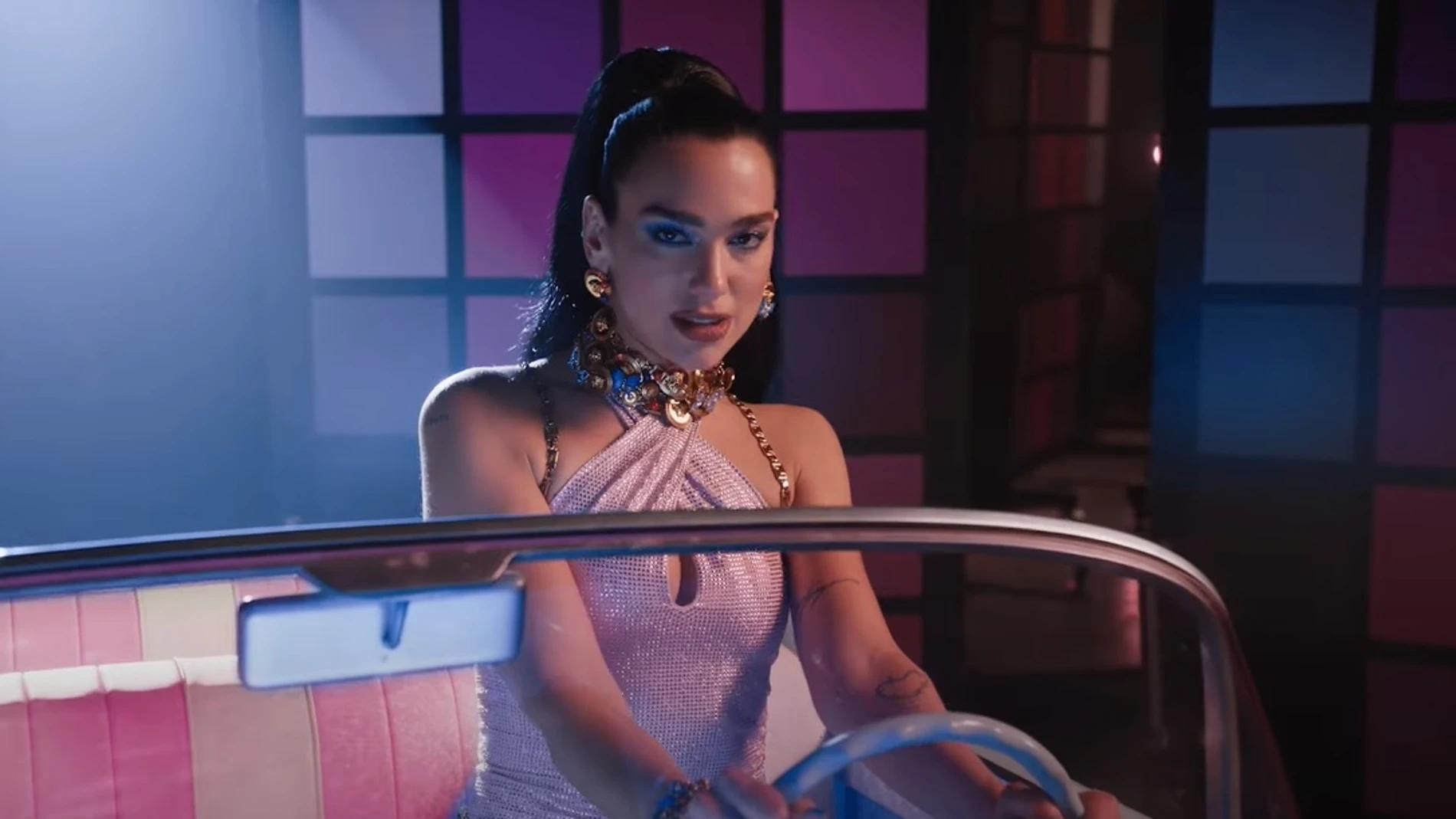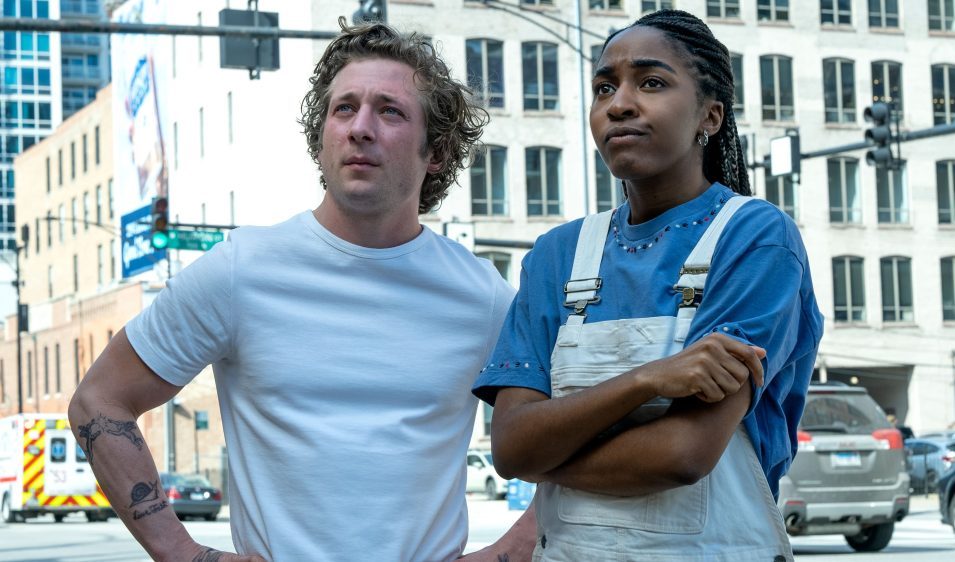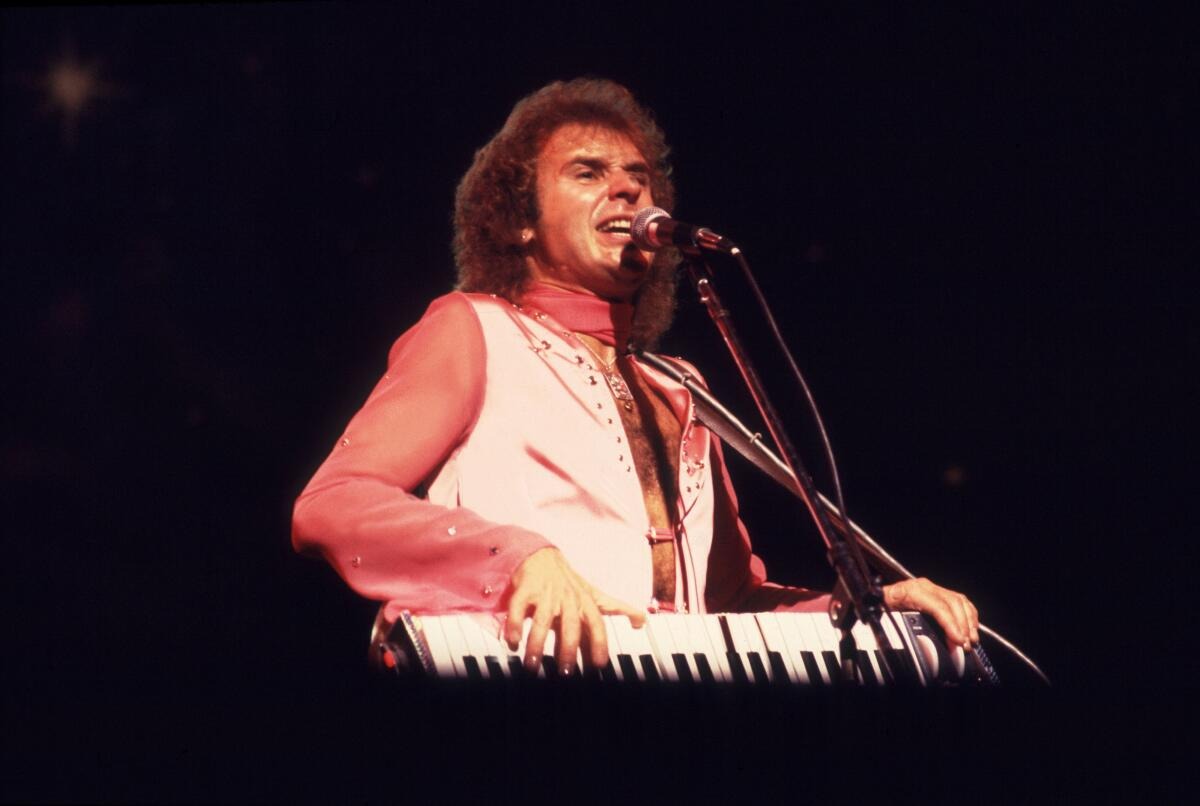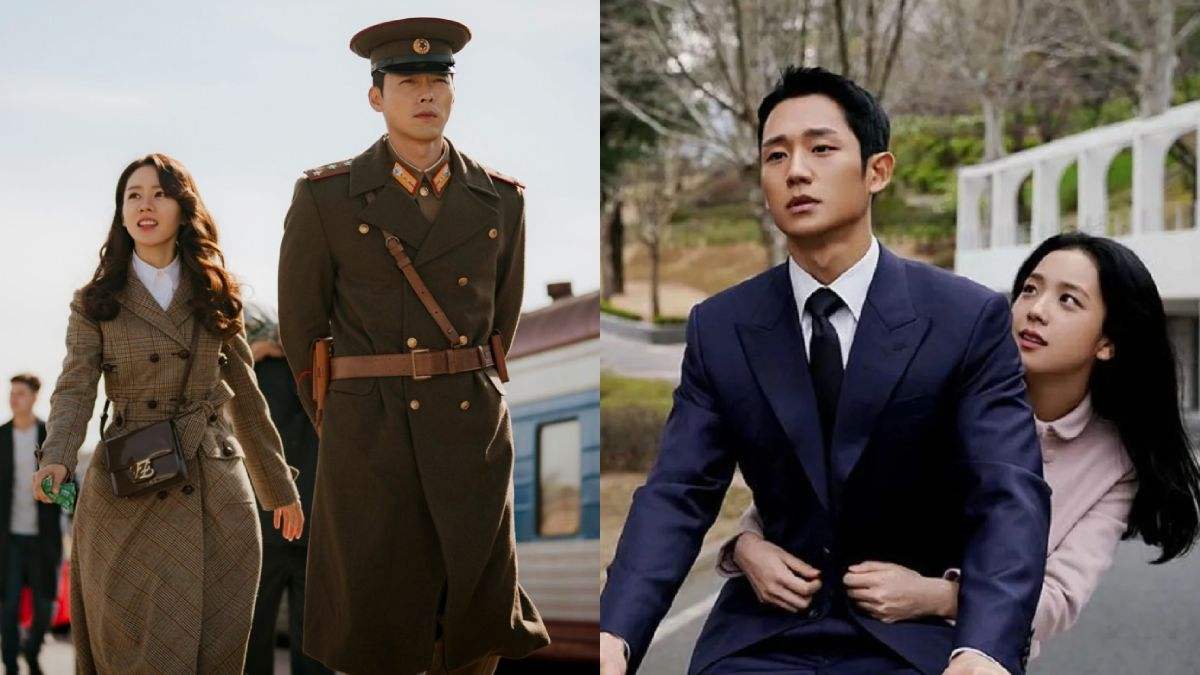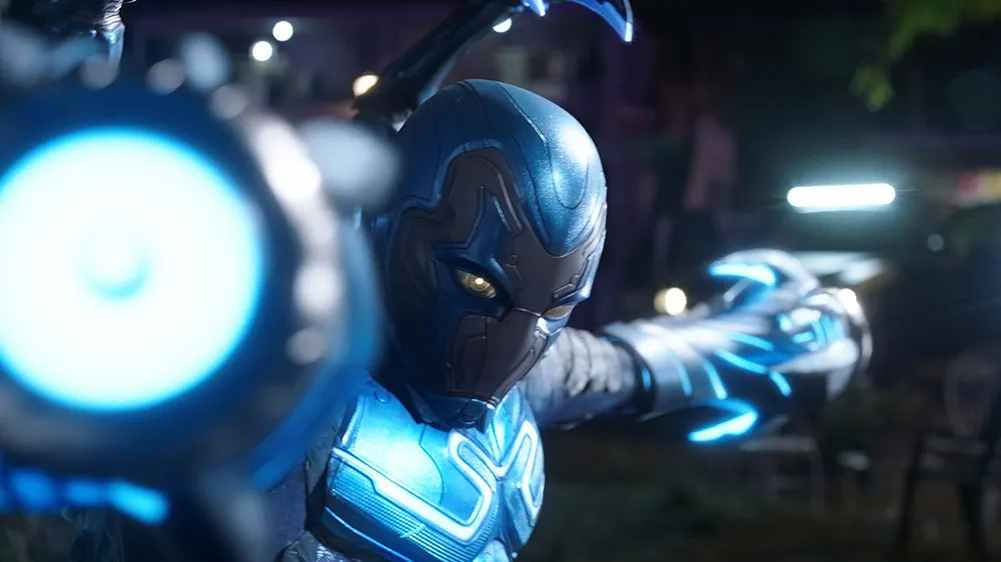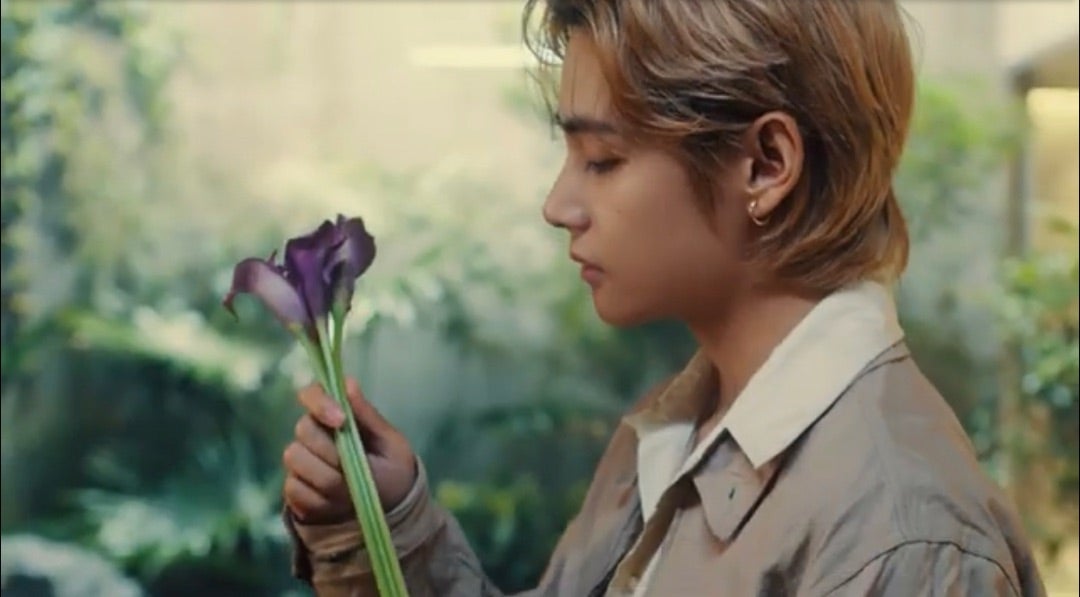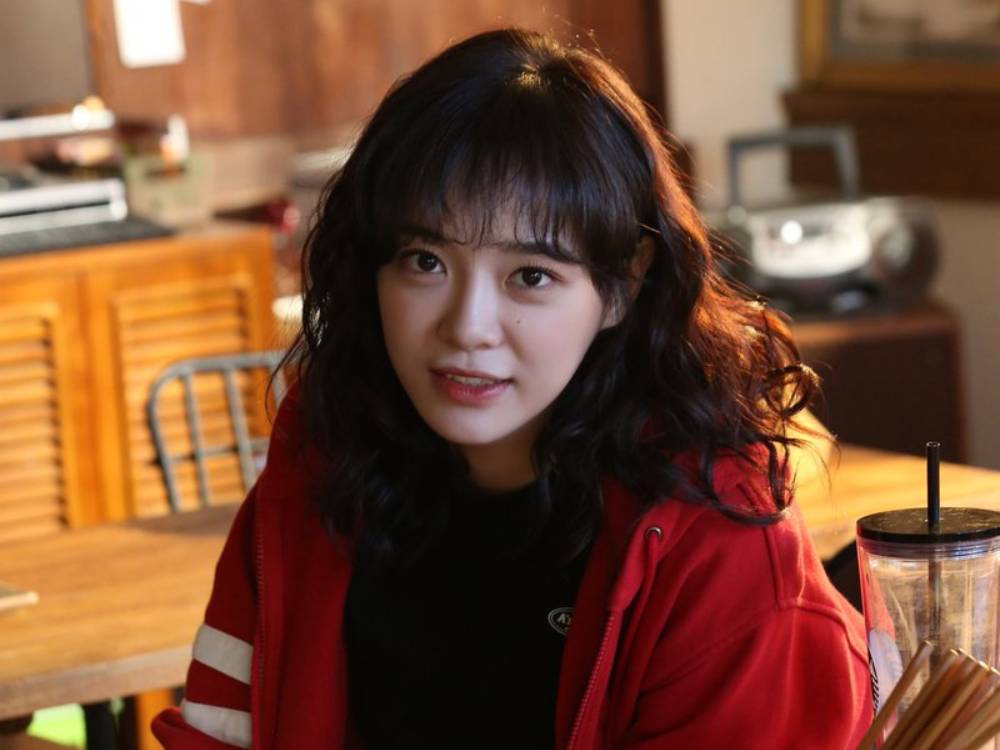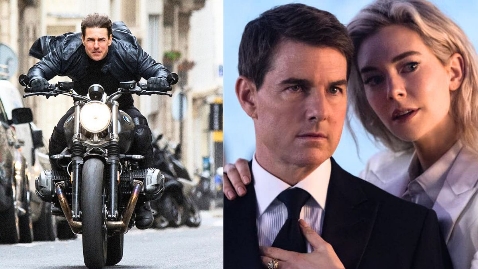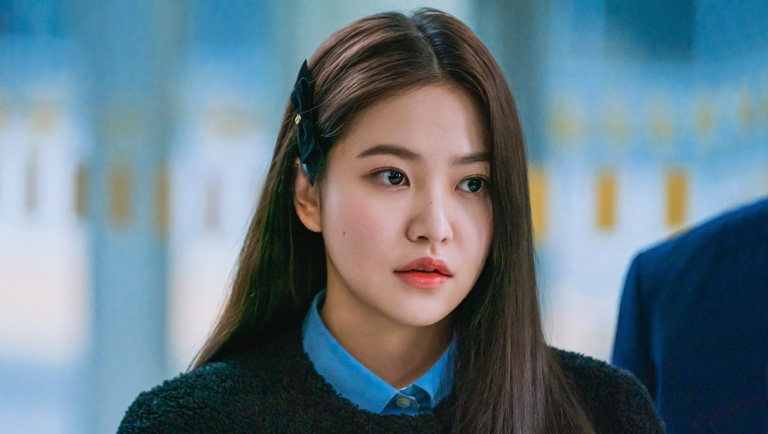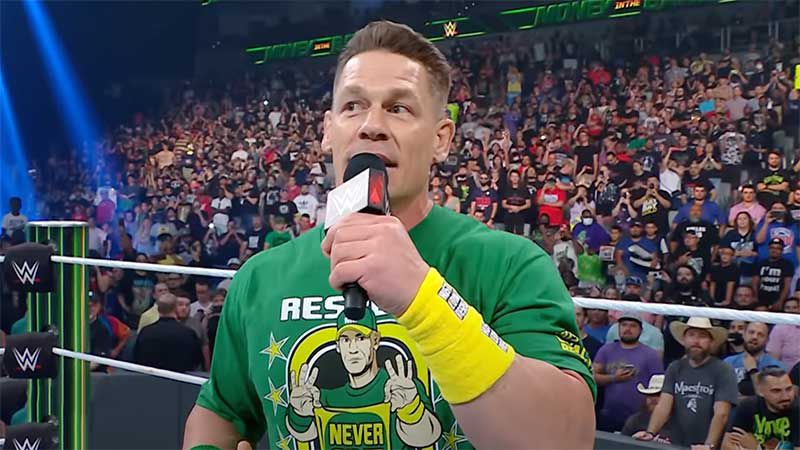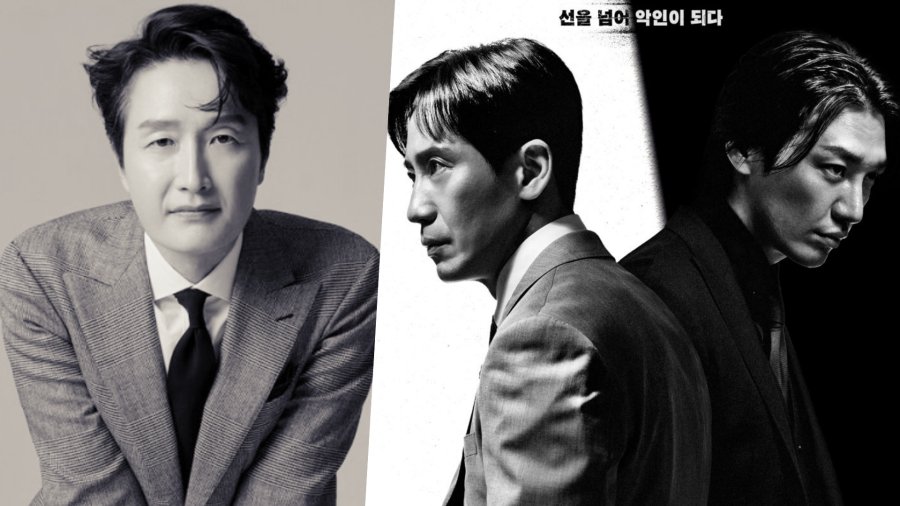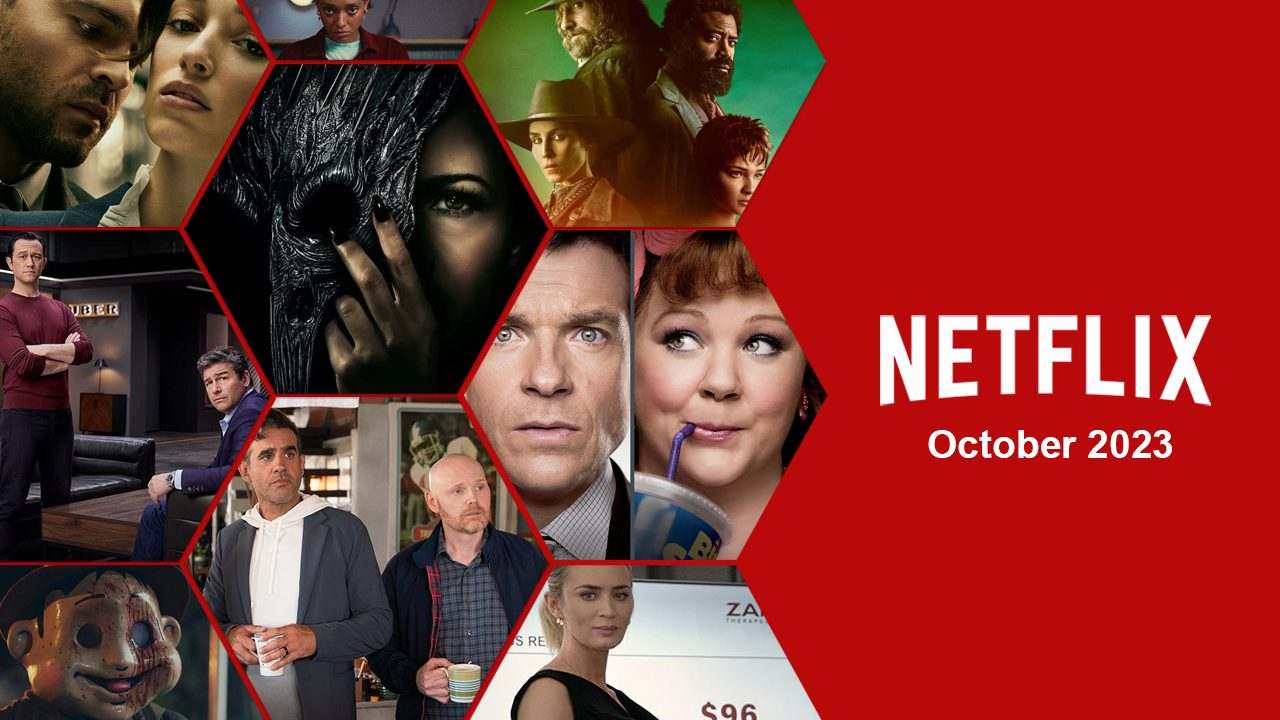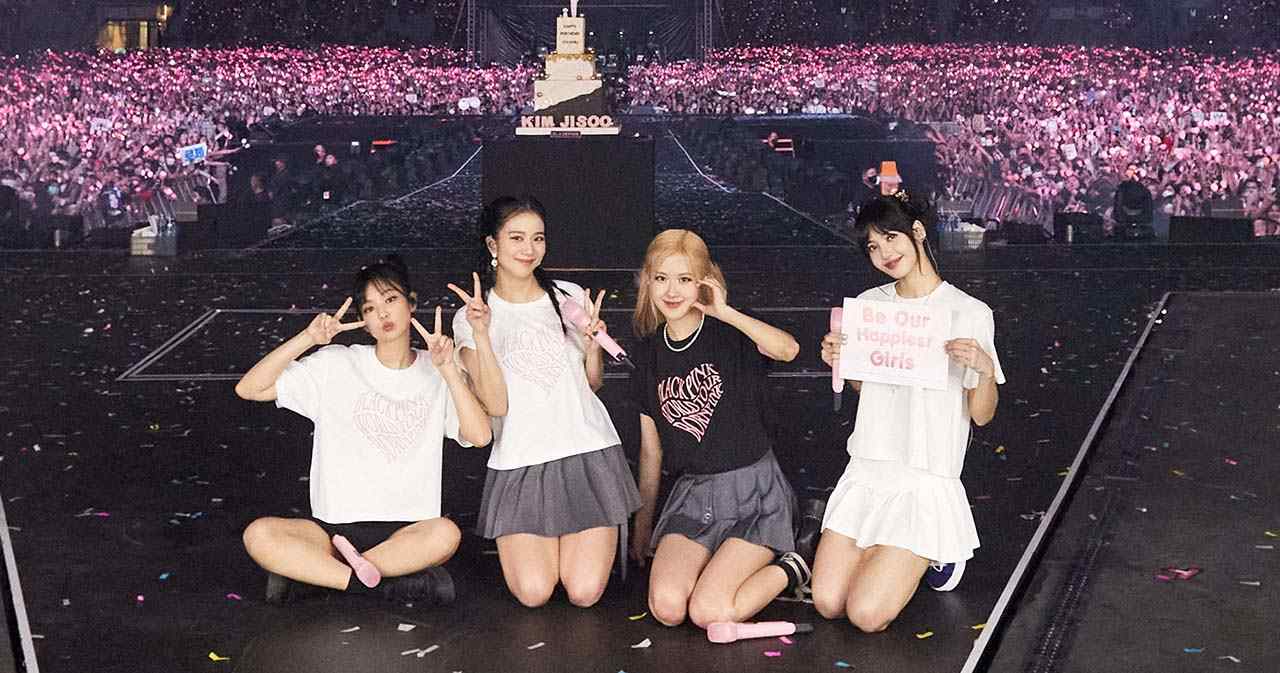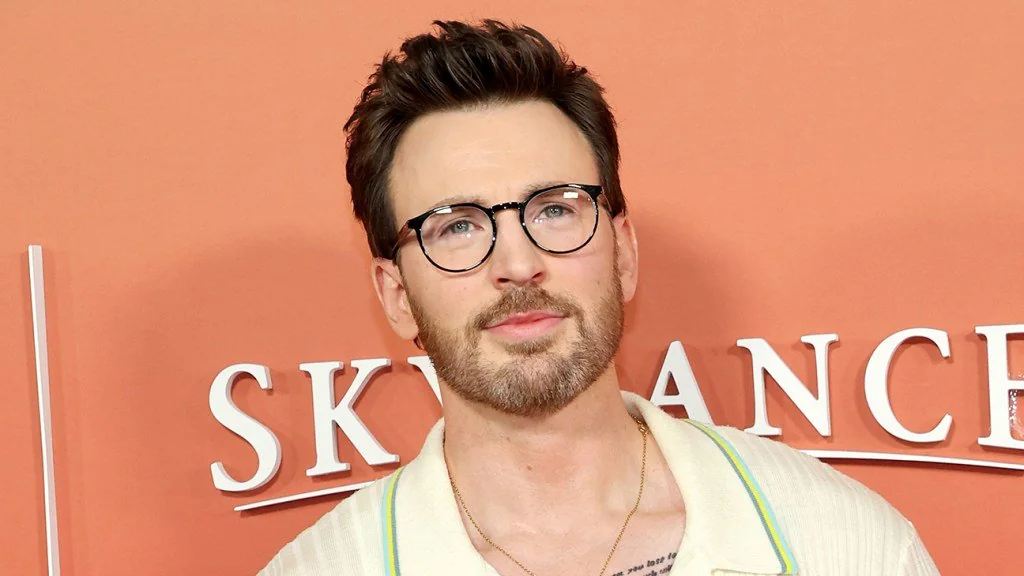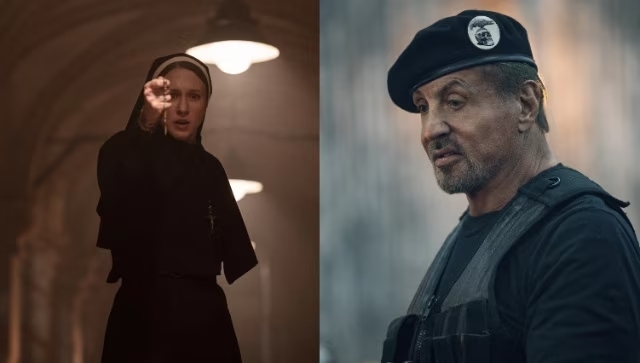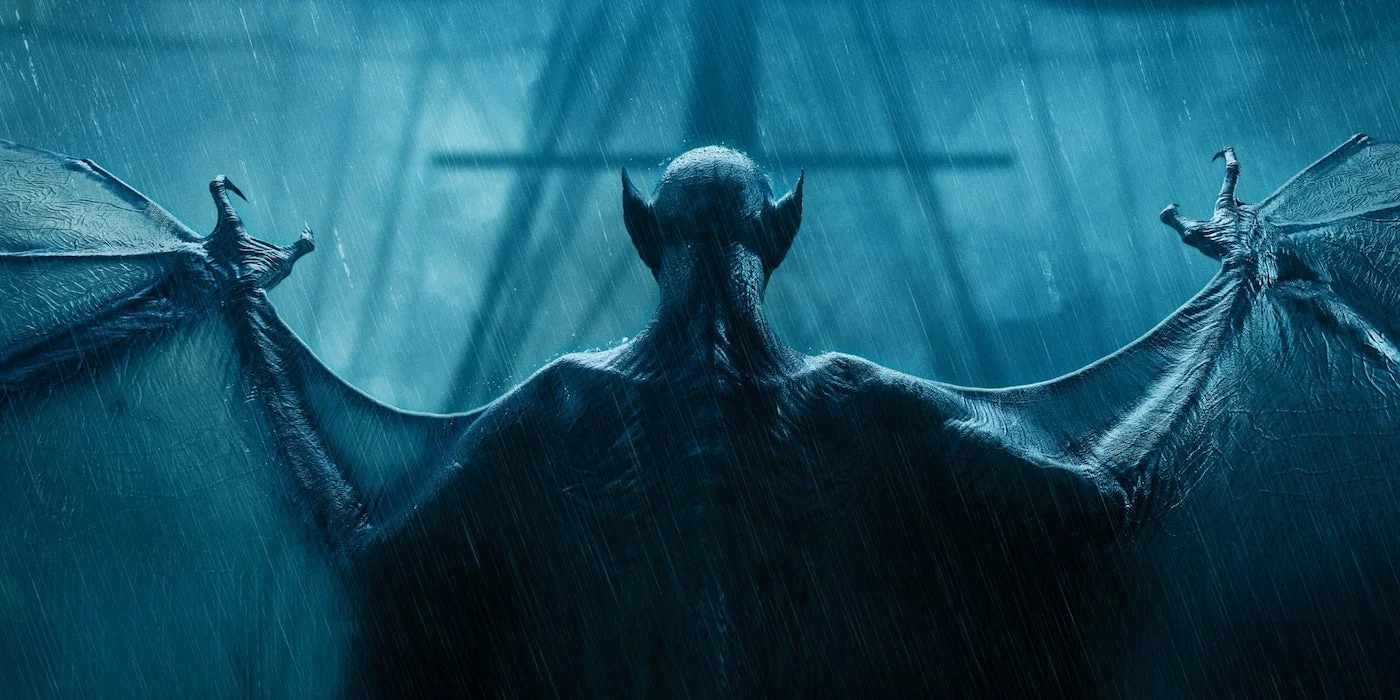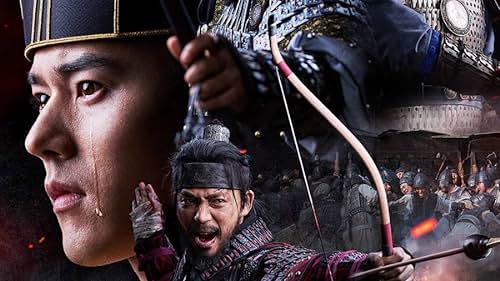5 Most Controversial K-Drama TV Series Of All Time
Korean dramas, known as K-Dramas, have captivated audiences worldwide with their compelling storytelling, charismatic characters, and vibrant visuals. However, among the plethora of beloved K-Dramas, some have risen to infamy due to their controversial themes, bold narratives, or divisive interpretations. In this exploration, we’ll delve into the realm of the five most controversial K-Dramas that have sparked debates, discussions, and passionate opinions within the global fanbase. From taboo subjects to societal critiques, these dramas have left an indelible mark on the K-Drama landscape, pushing the boundaries of conventional storytelling and challenging viewers’ perspectives.
1. The Glory
In the K-Drama “The Glory,” actress Cha Joo Young faced backlash for her iconic white dress. Surprisingly, she admitted that she initially hesitated to wear it, fearing it might appear too revealing on camera. This revelation stirred up discontent among netizens, who directed their frustration towards the drama’s director. This incident highlighted the importance of communication and consent in costume choices for actors.
2. “Ms. Hammurabi” Niqab Scene:
“Ms. Hammurabi” featured a controversial scene where actress Go Ara donned a niqab. However, the clothing itself wasn’t the point of contention. Rather, it was the context in which it was used that sparked discomfort. In the scene, Go Ara’s character is told that her skirt is too revealing, leading her to wear the niqab for comedic effect. What made matters worse was the reaction of another character who expressed fear upon seeing her in the niqab, potentially trivializing a sensitive cultural garment.
3. “Backstreet Rookie” Cultural Appropriation:
In “Backstreet Rookie,” Eum Moon Suk’s character sported a “Jamaican-inspired” look that many viewers considered to be cultural appropriation. This controversy was exacerbated by a later scene in the drama involving a black person, which was deemed by many as over-the-top and offensive. This incident served as a reminder of the need for cultural sensitivity and awareness in portraying characters and their attire.
4. “Man Who Dies To Live” and the Hijab-Bikini Controversy:
“Man Who Dies To Live” took place in a fictional setting resembling Middle Eastern countries. The drama faced significant criticism for scenes in which women were shown wearing hijabs and bikinis. Viewers found this juxtaposition insensitive and inappropriate, underscoring the importance of accurately representing cultural elements in storytelling.
5. “Penthouse 3” and the Alex Lee Character Controversy:
“Penthouse 3” introduced the character Alex Lee, portrayed by Park Eun Seok. This character immediately sparked offense due to his appearance and mannerisms. Park Eun Seok received criticism for donning dreadlocks and adopting an accent inspired by AAVE (African American Vernacular English) in his portrayal. Shortly afterward, the actor issued an apology, emphasizing the importance of cultural sensitivity and the avoidance of harmful stereotypes in character portrayals.
In summary, these five controversies in K-Drama outfits shed light on the importance of respecting cultural nuances, obtaining consent from actors regarding their costumes, and being mindful of the potential impact of costume choices on the audience and broader societal perceptions. They serve as reminders of the ongoing conversation surrounding representation and cultural sensitivity in the entertainment industry.
Also Read-

